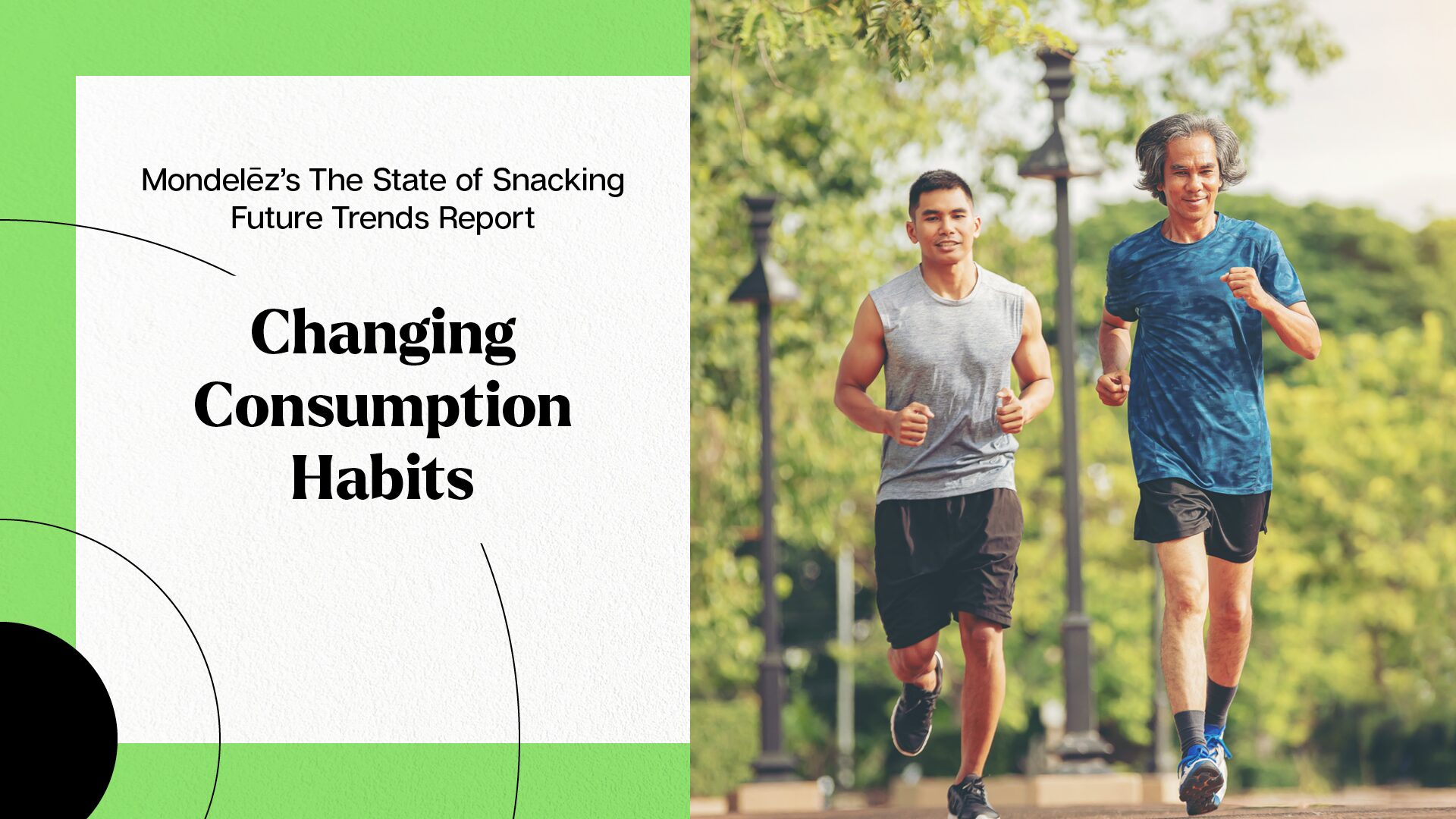Joseph Chen envisions another challenging year for the food industry in 2022. That said, he also sees a few reasons for optimism.
“Food shortages and higher prices will be expected, due to supply chain challenges that many food companies faced this year; this will likely continue into the first half of next year,” said Chen, the CEO of research management and insight consultancy Leo & Dragon, who previously worked for the likes of Mondelez International, McDonald’s, Hershey, Unilever, and Kraft.
“I do think the food service industry will continue to see growth,” he added, “as more consumers go back to their office routines and more expectation of in-person experiences.”
The Food Institute discussed industry trends to watch in 2022 with Chen as part of this month’s report (free to FI members starting Dec. 21; to join FI click here). Below is an excerpt of the conversation (edited for brevity and clarity).
WHAT ARE SOME OF THE BIGGEST TRENDS YOU SEE IMPACTING THE FOOD INDUSTRY IN 2022?
Sustainability, particularly around packaging and recyclable materials. Consumers are asking more questions around packaging waste, [like] ‘Is this product recyclable? Is it made with recyclable materials? This topic will continue to be very top of mind leading into 2022. …
Keto and no-sugar will be another trend impacting 2022. There has been an influx of keto products in the market and more will be coming next year. Consumers are becoming more familiar with keto products and want to have more control of their sugar intake.
Ingredient transparency will be another key trend in 2022. All packaged food products will have to declare using bioengineered ingredients in their products in 2022. This will likely create more consumer awareness on what products are using genetically modified ingredients versus non-GMO. Consumers will demand more transparency.
WILL RETAILER-OWNED MEDIA CONTINUE TO MAKE GAINS IN 2022?
E-commerce will continue to flourish, as consumers have adapted to the new world of online shopping due to the pandemic. As more consumers shop online, this is an obvious transition for media spending – to go where consumers are shopping and browsing. As a result, I think more advertising dollars and dedicated e-commerce media strategy will be in place for retailer-owned media.











